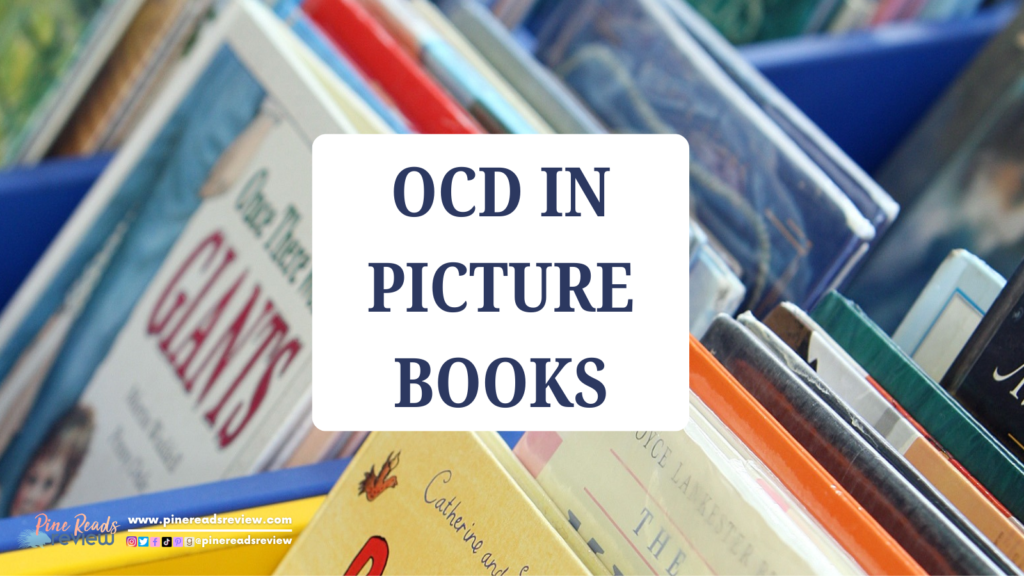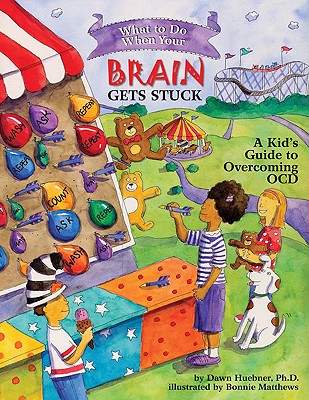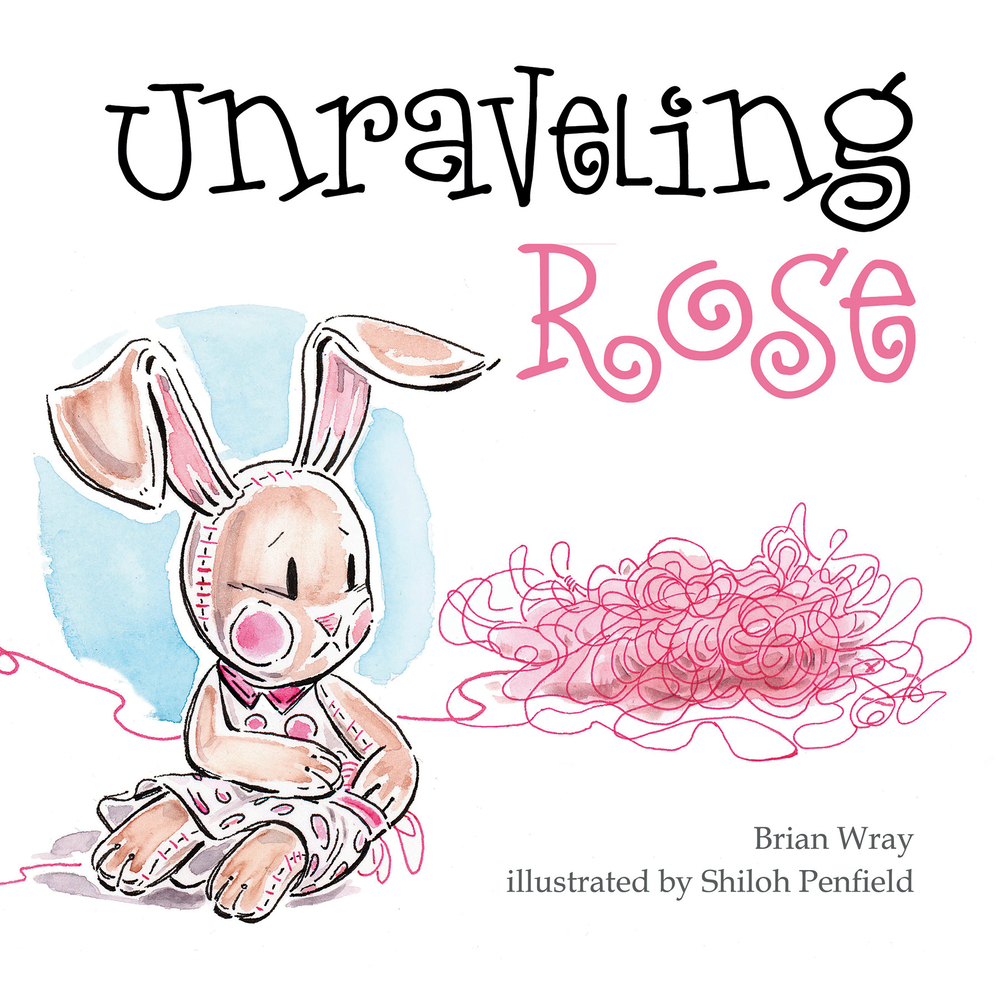
Throughout elementary school – predominantly from ages six to eight – I spent about one full hour each night at my kitchen table going through the contents of my backpack, making sure that every book, notebook, pencil, and eraser was there and in the specific order I liked. I would place everything inside my backpack, comb through every item, take it all out to double check that my homework assignments were safely tucked away in the folder I had just placed them in, and then put everything back, just to make sure. Then, I would repeat the process again, and again, and again, and again because, well, I wasn’t sure if everything I needed was there and in order, was never fully convinced I could trust myself.
Wait, is my math notebook in? My red pen? Yes, but let me check again because what if they aren’t? What if the memory I have of placing them in my backpack four times in the past twenty minutes is
wrong?
That time-consuming “habit” was an early manifestation of Obsessive-Compulsive Disorder (OCD) which is characterized by invasive, repetitive, and unwanted thoughts and urges. According to BeyondOCD.org, about 1 in 100 children have OCD – 1 in 40 for adults.
While I stood at my kitchen table each night obsessing over my school supplies, I felt completely out of control, like I couldn’t get my own mind and body to obey me. I felt crazy. The backpack compulsion was only one manifestation of my OCD; I also experienced overwhelmingly invasive thoughts that led me to hide in my room to bite down on my fists so hard I left deep teeth indents on my skin, trying to make the thoughts stop. Needless to say, I was troubled, but I wasn’t able to make sense of it at the time nor did I know that there were others who experienced the same mind processes and urges. I loved reading but as a child, OCD never came up in any of my books and none of the characters thought nor acted in the obsessive ways that I did.

Now, curious as to what the picture book market has to offer children with OCD since that’s the type of book I would have read at the height of my childhood symptoms, I’ve found that, unsurprisingly, the answer is “not much.” Picture books such as Up and Down the Worry Hill: A Children’s Book about Obsessive-Compulsive Disorder and its Treatment by Aurene Pinto Wagner, Mr. Worry: A story about OCD by Holly L. Niner and illustrated by Greg Swearingen, and What to Do When Your Brain Gets Stuck: A Kid’s Guide to Overcoming OCD by Dawn Huebner and illustrated by Bonnie Matthews address the disorder head on, such as its symptoms and treatments. Although picture books that are explicitly about OCD and how to deal with it are necessary and very helpful – I wish I had read one as a child for my sake and that of my parents – I think that we need more children’s literature in which the characters happen to have OCD and the disorder might not even be directly mentioned; the characters are not defined by it, nor is the narrative, but the reader can identify with the protagonist’s obsessive thoughts and actions within the larger framework of the plot.

The only picture book I could find that came close to this description was Unraveling Rose by Brian Wray and illustrated by Shiloh Penfield which is about Rose, a stuffed bunny obsessed with perfection whose plush body and wonderful life begin to unravel when she can’t stop pulling at a loose thread on her dress. Although her compulsion is a prominent part of the narrative, so is her love for life, stories, and the little boy she lives with. I also appreciate that her perfectionist, obsessive nature isn’t painted entirely in a negative light; it is inevitably a part of who she is – an organized and responsible bunny. Although OCD can be extremely debilitating and interfere with daily life, especially with more severe cases and if it is not treated and actively worked on, it also has its perks. It has made me a very responsible and thorough student and worker which is the case for many who suffer from high-functioning OCD. I often wonder whether I would even do well in school if I didn’t have this disorder.
Furthermore, it is common within the limited number of self-help picture books about OCD to present the disorder as completely beatable, as is evident in A Kid’s Guide to Overcoming OCD. Although some are able to fully overcome the disorder with treatment and practice, many continue to live with it for their entire lives, with ups and downs, and with their symptoms lessened by treatment. A wider range of children’s literature on OCD, from direct guides on how to deal with or overcome it to books with characters who simply happen to live with its symptoms, would be incredibly helpful to young kids with the disorder and their parents who might feel alone, overwhelmed, and confused.
I was finally diagnosed with and started treatment for OCD about five months ago at twenty-one years old; it was a great relief and, by this stage in my life, came as no surprise to me or my family. I do wish, however, that my parents and I could have easily stumbled upon a children’s book that dealt with OCD, either explicitly or not. Maybe, I would have received help earlier or would have at least felt less alone in the face of impulses and invasive thoughts I did not understand and more willing to open up about them to my family.
Alessandra De Zubeldia, Pine Reads Review Writer
Learn More